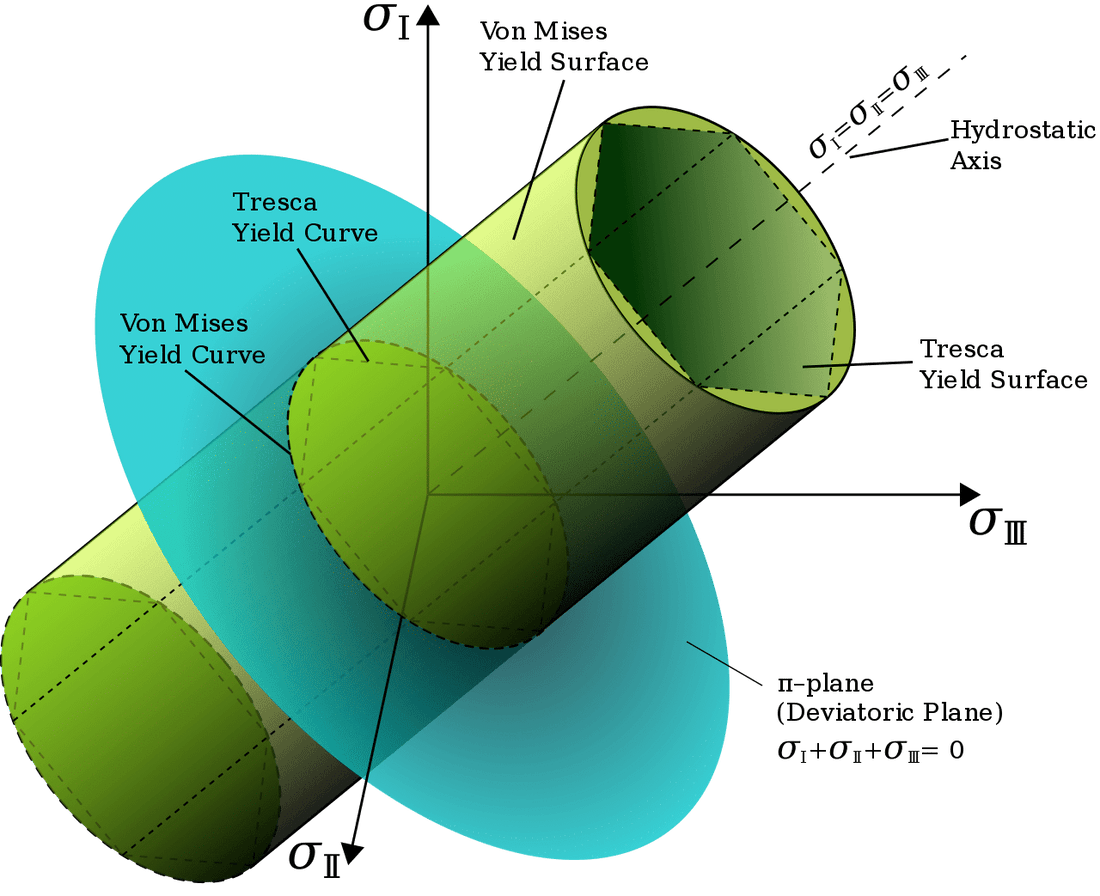The Von Mises yield criterion, also known as the maximum strain energy criterion, is one of the most fundamental concepts in the field of civil engineering and structural analysis. This criterion is used to describe the behavior of materials under plastic deformation and provides a reliable framework for analyzing material stress and strength. This blog article provides a brief overview of the Von Mises yield criterion for civil and structural engineers who want to better understand this important concept.
This is a material flow criterion. There are also other flow criteria.
One of the most important applications of the Von Mises yield criteria is the design of structures subjected to large dynamic loads, such as earthquakes. This is because the Von Mises criterion can be used to predict the maximum stress that a material can withstand without undergoing plastic deformation. Therefore, engineers can use Von Mises criteria to design structures that can better withstand the large forces generated by earthquakes.


Another important application of Von Mises Yield criterion lies in the analysis of stress concentrations in structures. This is because the Von Mises criterion can be used to predict the maximum stress that a material can withstand in a given area. As a result, engineers can use the Von Mises criterion to design structures that can better withstand stress concentrations.
Von Mises flow criteria are also used in fatigue analysis in structures. This is because the Von Mises criterion can be used to predict the maximum stress a material can withstand without failing. Therefore, engineers can use the Von Mises criterion to design structures that can better withstand the effects of fatigue.
In summary, Von Mises flow criteria are an important tool for civil engineers and structural engineers. This blog article provides a brief overview of the Von Mises flow criteria and some of its main applications.

